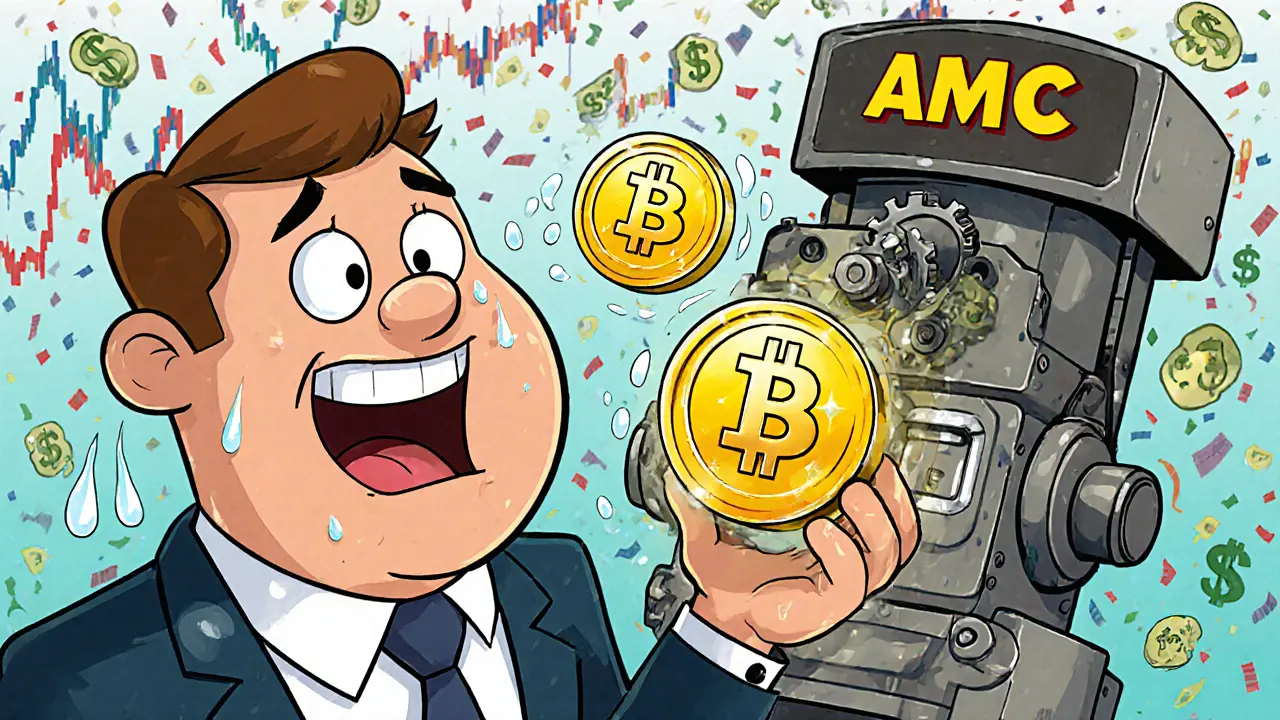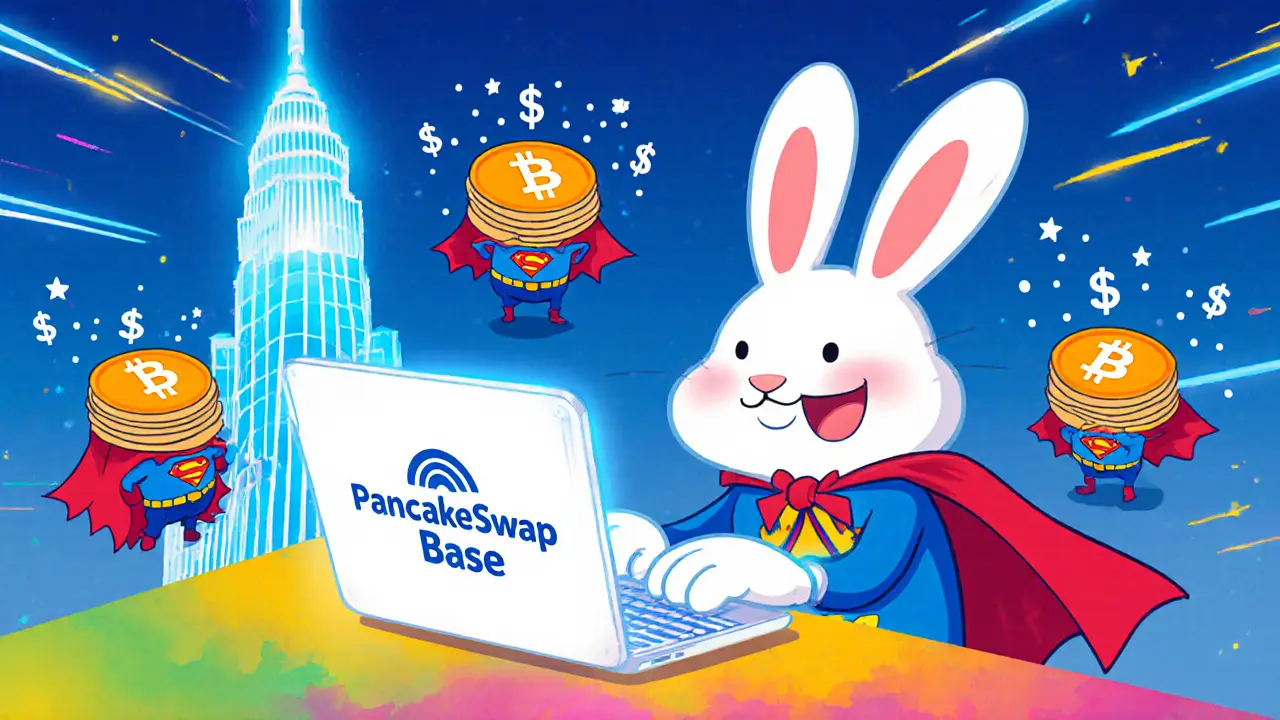DeFi: Decentralized Finance Explained and Trends
When talking about DeFi, a system of financial services built on public blockchains that operates without traditional intermediaries. Also known as decentralized finance, DeFi lets anyone lend, borrow, trade, or earn yield directly from a smart‑contract network. This open‑source approach reshapes how value moves online, and it’s the engine behind many of the posts you’ll see below.
Key Concepts Driving DeFi
One of the core building blocks is token‑based governance, a voting system where holders of a protocol’s native token decide upgrades, fee structures, and security parameters. Token‑based governance influences protocol direction and aligns incentives across users. Another crucial element is fast finality, the ability of a blockchain to confirm transactions quickly and irreversibly. Fast finality requires robust consensus mechanisms, and it directly impacts user confidence when moving large sums in DeFi apps. Finally, the rise of multi‑VM blockchains, platforms that support several virtual machines like EVM, MoveVM, and SVM under a single layer‑1, opens doors for cross‑compatible dApps, giving developers more flexibility and users a broader choice of tools. Together, these concepts encompass the DeFi ecosystem, require smart‑contract security, and shape the next wave of financial innovation.
Beyond the technical pillars, real‑world triggers such as crypto airdrops, exchange reviews, and security best practices keep the space dynamic. Airdrops reward early adopters and can tip the balance of token‑based governance, while exchange analyses help traders pick platforms that support fast finality and multi‑VM compatibility. Security topics like multi‑factor authentication also play a big role, ensuring that the open nature of DeFi doesn’t become a weak spot. As you scroll down, you’ll find deep dives into each of these areas— from how a multi‑VM chain like Mango Network works, to the trade‑offs of fast finality, and practical guides on navigating airdrops and exchange ecosystems. Get ready to see how these pieces fit together and what they mean for your own crypto journey.




